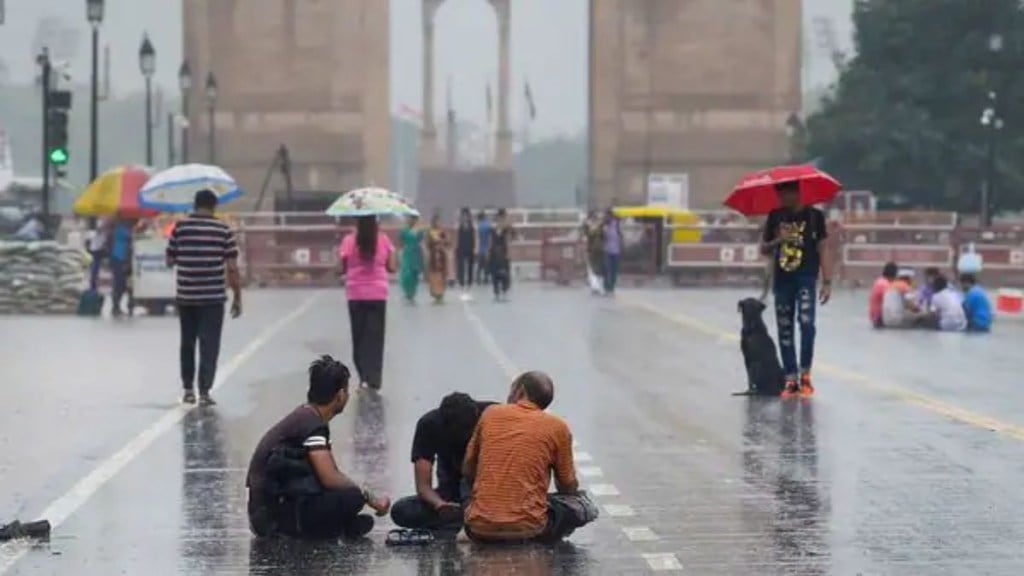The India Meteorological Department (IMD) on Thursday (September 12) announced that the southwest monsoon may begin withdrawing from the country between September 19 and 25.
Typically, the southwest monsoon arrives in Kerala around June 1, covers the entire country by July 8, and starts retreating from northwest India around September 17, withdrawing completely by October 15.
According to the IMD, conditions are likely to become favorable for the withdrawal of the southwest monsoon from some parts of northwest India during the latter half of the week (September 19-25).
India received 836.7 mm of rainfall
Since the onset of the monsoon season on June 1, India has received 836.7 mm of rainfall, which is 8% above the normal 772.5 mm. However, while east and northeast India have experienced 16% below-normal rainfall, other regions have fared differently: northwest India saw a 4% increase, central India 19%, and south India 25% above normal rainfall.
The IMD had forecasted above-normal rainfall for the season, estimating cumulative precipitation at 106% of the long-term average of 870 mm. Their predictions have proven accurate, with below-normal rainfall observed in northeast India, normal levels in the northwest, and above-normal levels in the central and southern peninsular regions.
Several states received deficient rainfall
Regions such as Punjab, the northeastern states, Himachal Pradesh, the Union Territories of Jammu and Kashmir and Ladakh, and parts of Bihar have reported deficient rainfall this season, according to the IMD.
The monsoon is vital for India’s agriculture, as 52% of the net cultivated area depends on it. Additionally, monsoon rains play a crucial role in replenishing reservoirs essential for drinking water and power generation.
